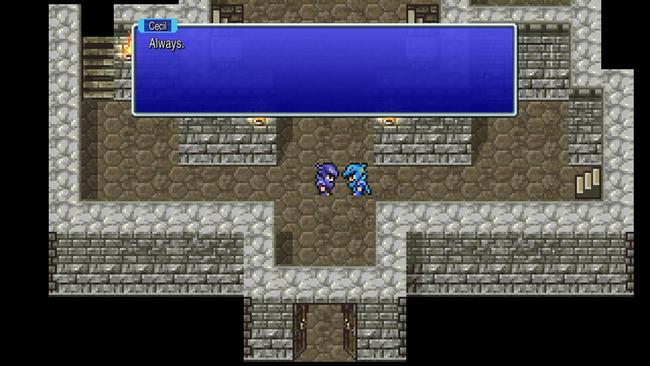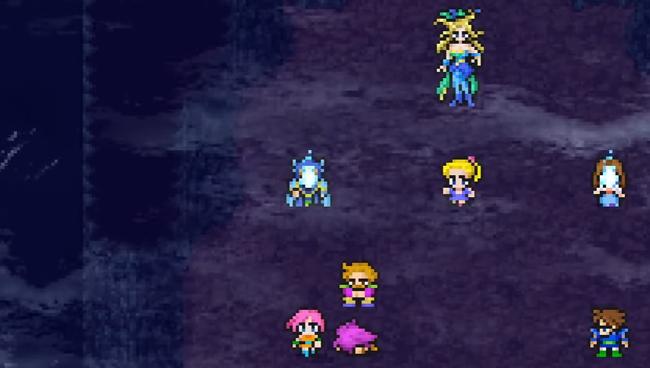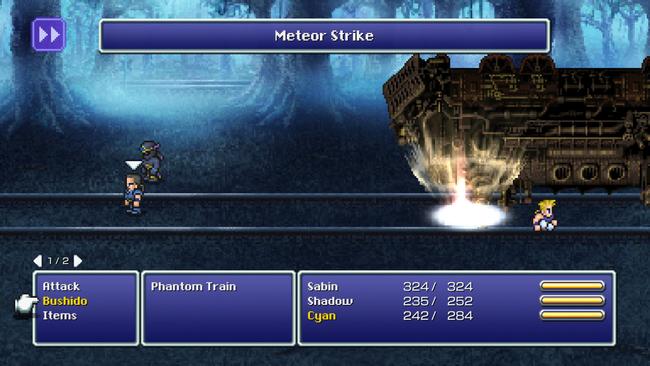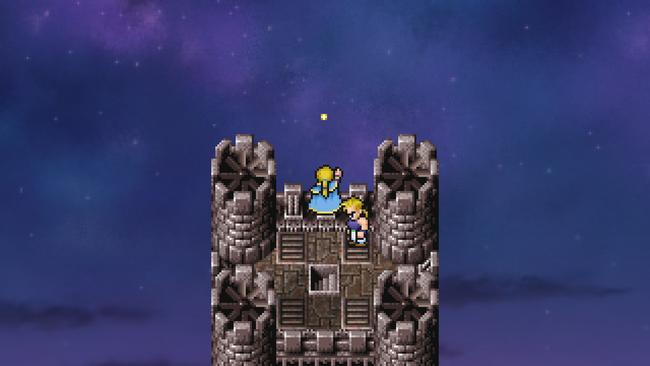Final Fantasy IV-VI Pixel Remaster Review
With the much-anticipated re-release of Final Fantasy VI, the Pixel Remaster series is at last complete. Finally, the SNES golden age of Pixel Remaster games can be enjoyed by PC and mobile players, in this aesthetic.
While these three games are well-known classics among genre veterans, these re-releases are also a great opportunity for newer generations to experience these titles for the first time. For those who haven’t had the pleasure before, here’s a brief rundown of these three games.

Final Fantasy IV revolves around the theme of redemption of its main character, Cecil Harvey, as he works to free his love, rescue his friend, and save the world from impending destruction at the hands of the dastardly Golbez. Perhaps the most straightforward entry of these offerings, Final Fantasy IV is commonly placed near the top of players' favorite of the franchise.
Final Fantasy V was initially released on the Super Famicom and remained a Japanese exclusive until the west got it in the PSX collection release of Final Fantasy Anthology. The four Warriors of Light - Butz (or Bartz), Lenna, Galuf, and Faris - must draw upon the waning powers of the four crystals to put a stop to Ex-Death. Final Fantasy V is most well known for its stellar Job system, which allows players to assign and level up different classes to all of their characters, leveling them up, and them mixing-and-matching abilities to create their preferred playstyle. It remains to this day near the top of my all-time favorite implementations of a job system in any RPG.

Finally, we get to the latest and last Pixel Remaster, the legendary Final Fantasy VI. Featuring the largest playable cast of main characters of the franchise, Final Fantasy VI is an intricate tale of tyrannical emperors, sadistic clowns, magic-wielding heroines, and more, all wrapped up into one of the best JRPG packages to this day. Each of the 14 characters features a unique gimmick or ability that allows them to fill a specific class, such as the noble samurai Cyan and his Bushido attacks, to the bear-of-a-monk Sabin and his devastating Blitz attacks that require unique command inputs. It’s a magical experience that deserves all the recognition it has received these past 28 years.
Basically, if you take anything only one thing from all of that, it should be “play these games, all three are very good”.I am happy to report that much like the previous three remasters, these latest games have just as mind-blowing new arrangements of music, more detailed maps, and great redone sprite work. All the same, praises I sang in my previous review are still applicable here. Along with the blemishes -namely, the atrocious font. Luckily, that is an easy enough fix!

That said, for all of the tweaks made to make the games approachable by a new audience, there are other features that omitted quality-of-life features I would have liked to see. Final Fantasy IV, V, and VI are far more complicated affairs than the first three titles, thanks to the original releases being made on new hardware.
As examples, two of Final Fantasy V’s jobs include a Chemist and a Blue Mage, both of which can easily require guides of their own to truly take advantage of. The Chemist mixes ingredients found from monster drops or in shops to create various effects. For the improvements and information they presented with the maps and improved bestiary, it would have been nice to have an included mix chart. While on the topic of the bestiary, the Blue Mage learns its spells from being hit by specific monster attacks, attacks that would have been great callouts in all the bestiary entries.

Similar mechanics are present in FF6 as well, which could have used some in-game documentation. Gau’s Rage ability will render him uncontrollable as he uses attacks from the selected enemy. However, unless you have the attacks memorized from playing previously or are using a guide, what attacks are possible are a mystery. A simple addition to the bestiary would have been nice, but actually seeing the possible attacks from the menu would have been a big help.
What makes omissions like these even more strange is that other mechanics have had additions made to present more information to the player, Sabin’s Blitz attacks are a prime example. The command inputs, similar to fighting games like Street Fighter, are still present, but now you select the one you wish to use from a menu, and then the commands are present on the top of the screen to follow along with. A welcome addition, but it makes me wonder why couldn’t they have provided additional info like that for some other abilities like Rages?

Otherwise, these Pixel Remasters have been wonderful treats for longtime fans and incredibly welcoming to an all-new generation of players going on these adventures for the first time. I wouldn’t call these the definitive ways to experience the games due to the lack of additional content that came with previous versions of the titles, but they are by far the most approachable and easily accessible today. With the helpful tips, additional healing points, and fancy features, they are great versions for folks to sink their teeth into, but I’d also recommend moving onto the GBA versions of FF5 and FF6 after and the PSP version of FF4 if they want more.
Fans of JRPGs should buy these games, hands down. They have been and will always be exemplary representatives of what this genre can offer. Now if only they’d do ground-up HD-2D remakes with all previous bonus content…